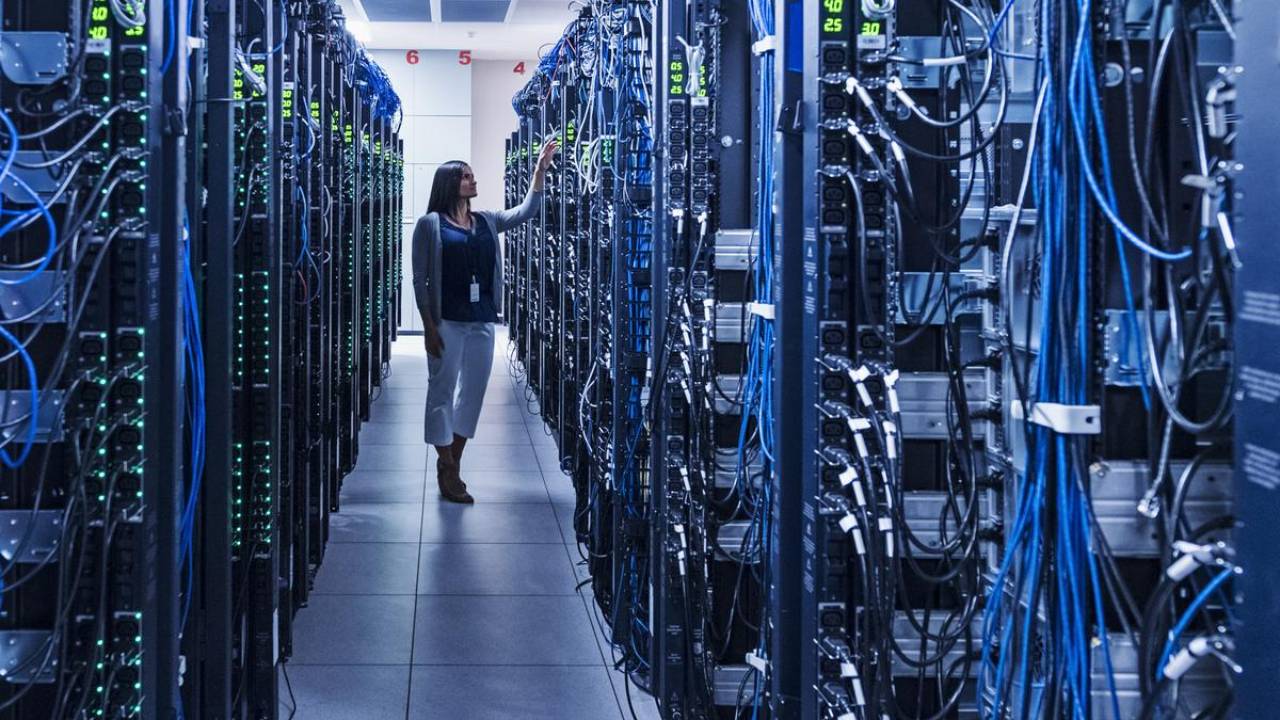Beta6 Expert
Team of Engineers, Product Managers, and Technicians
CATEGORY: Blog
DATE: January 14, 2021
Change the Game by Changing Components
When it comes to Server Acquisition and Maintenance, it’s time to kick status-quo thinking to the curb. Sticking with conventional wisdom about what and when to buy and upgrade core IT equipment often means overpaying for new equipment while underutilizing what you already have in place. It’s important to know how to dispel the many myths and misconceptions about lowering IT infrastructure acquisition costs while upping your IT IQ and preparing for digital transformation.
Thanks to the promise and potential of cloud-hosted services, IT leaders face constant pressure to prove the cost-effectiveness of on-premises infrastructures. It all starts with making the right equipment choices with the best price/performance for the task at hand. Most often, changing out components changes the IT acquisition game in your favor.
Picking Processors
Yes, the latest x86 processors up performance levels substantially, but do you need all that horsepower to fuel core business applications? Most enterprises still sport relatively low overall server and CPU utilization across their infrastructures. One study of large enterprises (with more than 100 physical servers) showed an average x86 server CPU utilization of between 8% and 20%.1
Depending on the task, you may be paying for performance you don’t really need. So, carefully assess what type of processor, core, and speed are needed to keep applications running in optimal order. Processors can represent 30% or more of the total cost of server hardware.2
Avoiding the highest-performing processor model in favor of a lower-premium choice can deliver hardware savings of about one-third while only impacting peak performance by 10%. This is the kind of informed tradeoff that most end-users can accept.
The bottom line: High-end processors are pricey, and there’s no valid reason to pay for capacity you won’t use or really need.
Memory Matters
A different approach is recommended when evaluating memory capacity in servers. As a rule, when it comes to memory, more is better. The initial cost may be higher, but it avoids having to take down the network later to max out memory.
That said, prices of dual in-line memory modules (DIMMs) can go topsy-turvy, and purchasing can be further exasperated by a seemingly endless menu of models. Be aware that each DIMM may be priced a little differently, so do your homework.
Price per GB among models may even vary wildly for the same memory capacity. Time spent doing all the calculations upfront could prove eye-opening and put dollars back in your budget. For example, last year, analysts reported finding 30% savings when cost-comparison shopping for 8x 16GB DIMMS vs. 16x 8GB DIMMs – with no ill impact on net memory capacity or performance.3
Such volatility means the best deals can change quickly and do so month by month. Traditionally, server memory prices drop over time, but sudden and unexpected shortages can cause rapid price increases. Consider a best practices approach that includes calculating DIMMs’ current lowest cost option for each purchase. Never blindly place an order based on previous procurement.
Third-Party Memory Rules
Perhaps the best option for saving money on memory is considering third-party components. Truth be told, even the leading manufacturers do not make their own memory. The vast majority are rebranded and sold at astronomical markups. Find a knowledgeable secondary market provider who can help ensure all third-party components are, in fact, high quality. The result will be savings of as much as 40% to 60% off manufacturers’ list prices.
Reputable secondary market providers also match any manufacturer warranty, while leading sources deliver a lifetime warranty – making this the most cost-effective way to add performance to your data center.
The State of SSDs
Solid-state drives (SSDs) are becoming more affordable and therefore plentiful, which bodes well for server applications. But along with SSDs’ superior performance comes potential purchasing pitfalls. You need to make a choice among offerings in multiple sizes and various form factors, flash technologies, and interfaces.
SSD Pricing also can be volatile, so revisit your procurement strategies monthly. Buyers can expect to save at least 40% after reviewing purchasing criteria, including consideration for buying SSDs built from cheaper or more reliable flash technologies.4 Purchasing best practices should include qualifying all SSDs considered, with particular attention on those with faster interfaces and smaller form factors to make sure performance matches intended uses and applications. Don’t opt for high-end drives if applications don’t require them.
1 According to Gartner, “However, even with the widespread adoption of virtualization over the last five years, most enterprises still report relatively low overall server and CPU utilization across their infrastructure. One Gartner study of large enterprises showed an average x86 server CPU utilization between 8% and 20%.” Gartner, 10 Ways to Reduce the Cost of Acquiring Servers, Daniel Bowers, 27 October 2017.
2 Gartner says, “On an x86 rack server with two processors, the processors can represent 30% or more of the total cost of the server hardware. In the example shown in Figure 2, avoiding the highest-performing Intel Xeon Platinum 8180 processor in favor of the lower-premium 8168 processor yields a server with a 35% reduction in hardware list price, but only a 10% reduction in peak performance.” Ibid.
3 Gartner reported, “Lower-cost ways to achieve a desired memory amount can be discovered by analyzing the multiple combinations of DIMM counts and sizes available. In one example, on an x86 server model in mid-2017, choosing eight 16GB DIMMs instead of 16 8GB DIMMs resulted in a 30% lower cost for memory, with no difference in net memory capacity or memory performance.” Ibid.
4 According to Gartner: “By revisiting the choice of SSD types, including considering new SSDs built from cheaper or more reliable flash technologies introduced since the initial configuration selection, buyers can save 40% or more on SSDs.” Ibid.
GARTNER is a registered trademark and service mark of Gartner, Inc. and/or its affiliates in the U.S. and internationally, and is used herein with permission. All rights reserved. Gartner does not endorse any vendor, product or service depicted in its research publications, and does not advise technology users to select only those vendors with the highest ratings or other designation. Gartner research publications consist of the opinions of Gartner’s research organization and should not be construed as statements of fact. Gartner disclaims all warranties, expressed or implied, with respect to this research, including any warranties of merchantability or fitness or a particular purpose.

